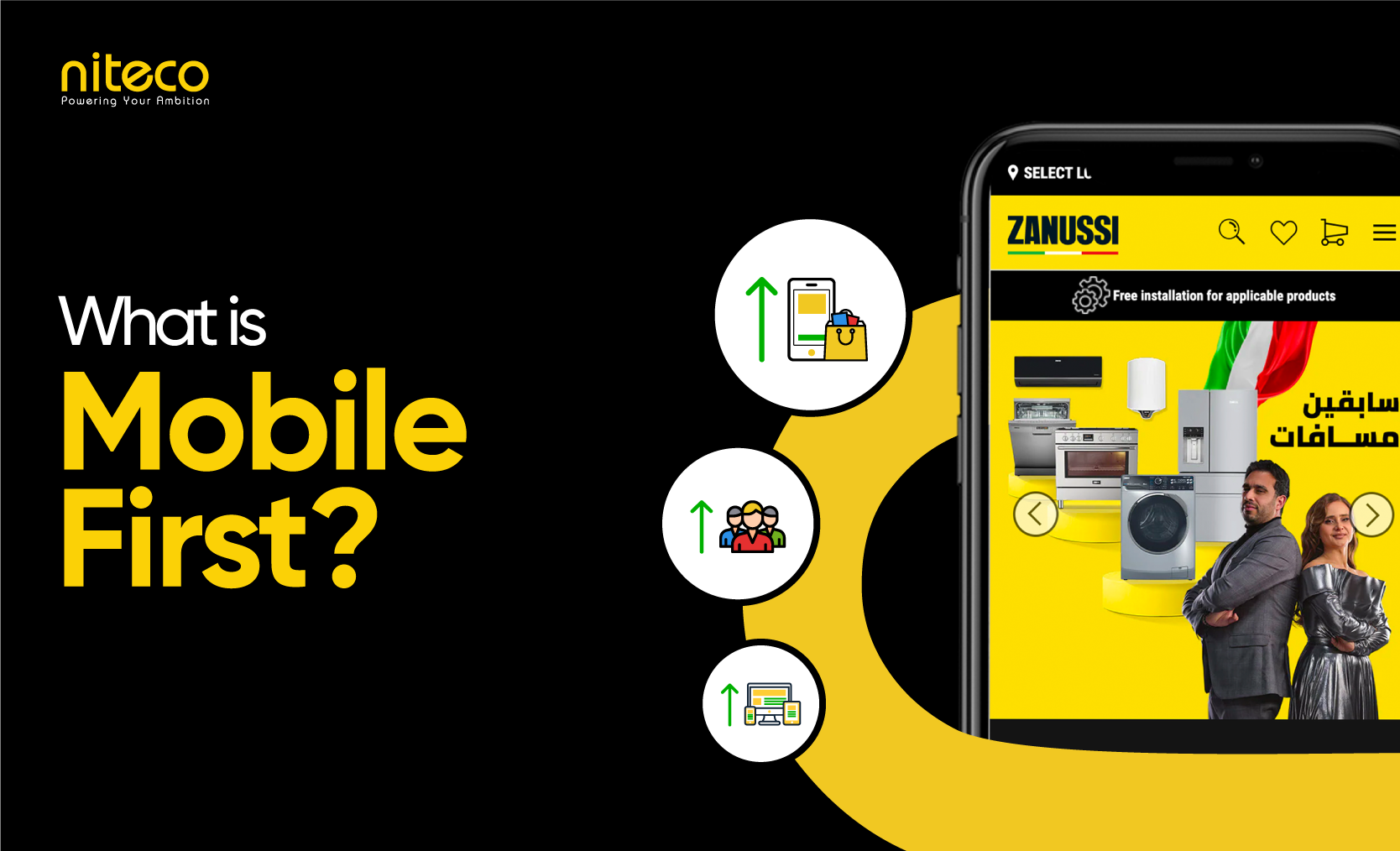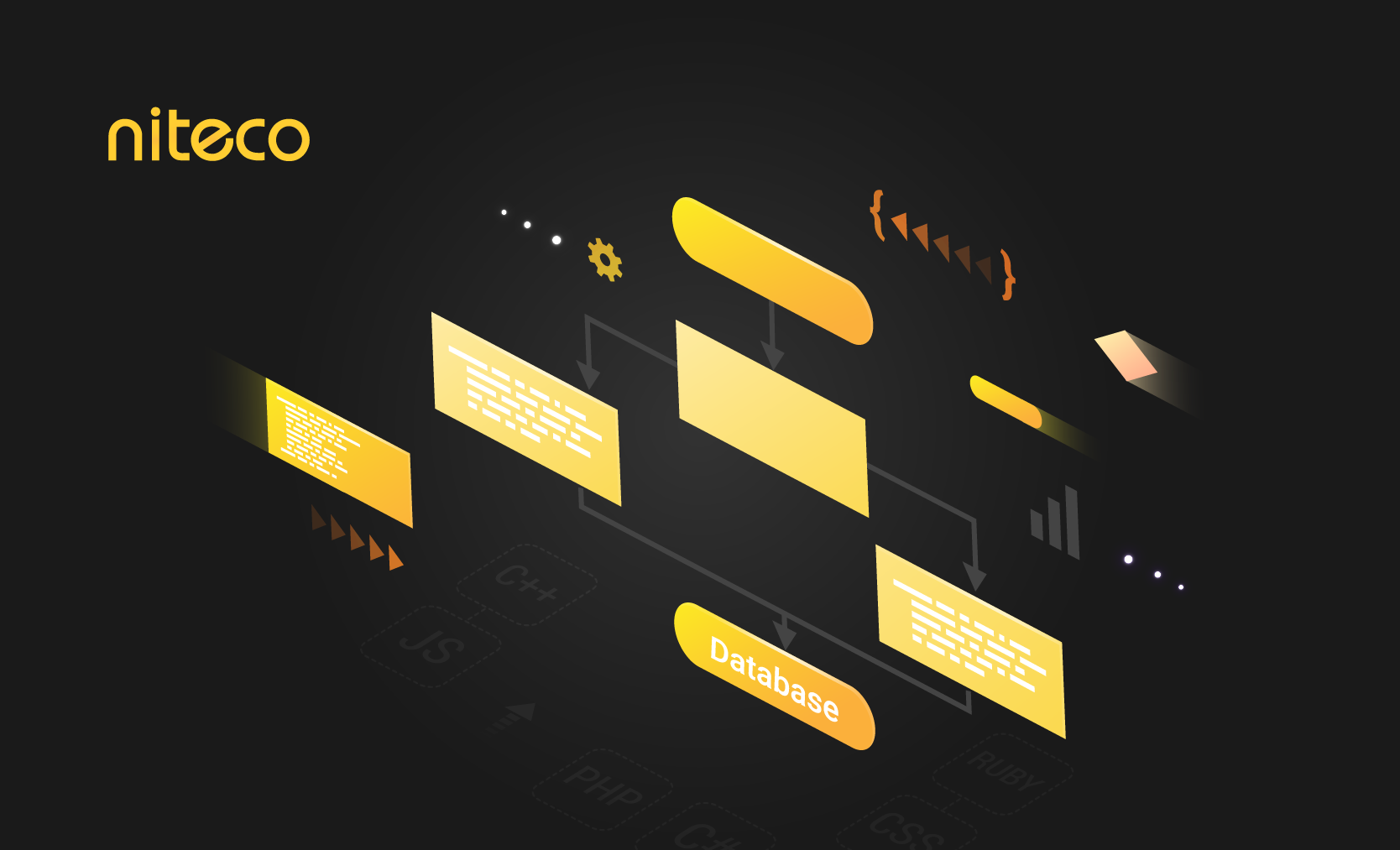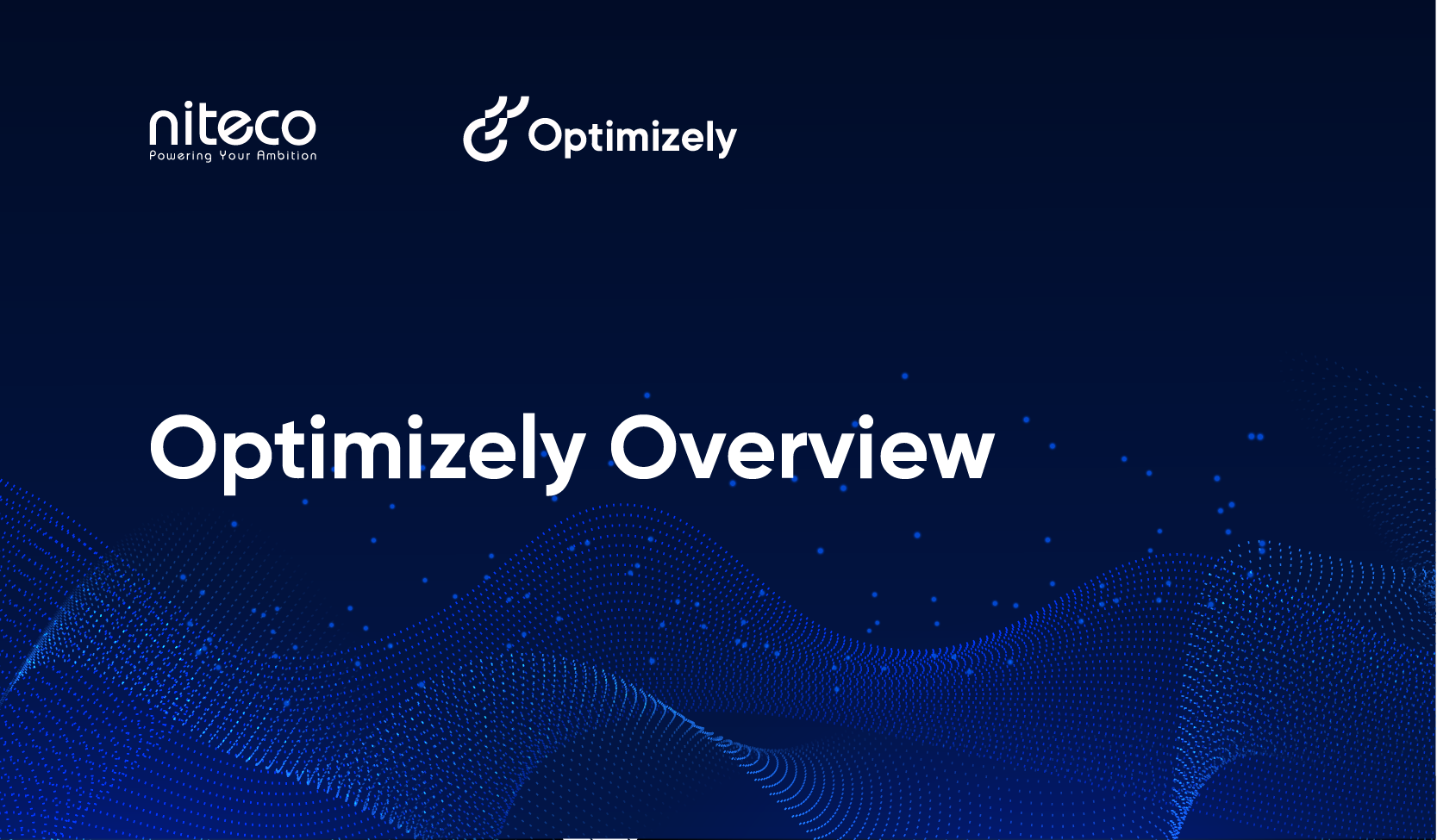Are you tired of rigid workflows and one-dimensional content management processes? Looking for a content management platform that satisfies both marketers and developers, streamlining tasks and enhancing the omnichannel experience? Then it's time for you to familiarize yourself with Agile Content Management Systems (CMS), which can give you all that you desire. In this article, let us guide you through the definitions of Agile CMS, its key features, and benefits, helping you easily and efficiently navigate the realm of modern content management.
What is an Agile CMS and what are its key features?
Definition of an Agile CMS
An Agile CMS, a vital component within cloud-native digital experience platforms (DXP), is a platform designed to facilitate the flexible creation, management, and delivery of digital content. By integrating Agile software development principles with content management practices, an Agile CMS fosters collaborative, iterative work processes across different channels.
While Agile CMS is technically a kind of headless CMS, it's important to understand the distinction between the two. They share similarities, yet one addresses the shortcomings of the other. Agile CMS elevates headless CMS by streamlining tasks for both marketers and developers. The issue this addresses is that while headless CMS simplifies your developers' workload by separating front-end experience from the back-end content repository, it can create bottlenecks that limit your marketers' control over content creation and can impact customer experiences across channels.
Also, Agile CMS platforms expand the adaptability of headless and API-first architectures beyond software engineering and into various sectors of a business. This allows for a faster, more flexible approach to managing content.
Therefore, Agile CMS is extremely beneficial to your business because it is where IT teams and marketing professionals come together to work with a unified toolkit and a shared objective.
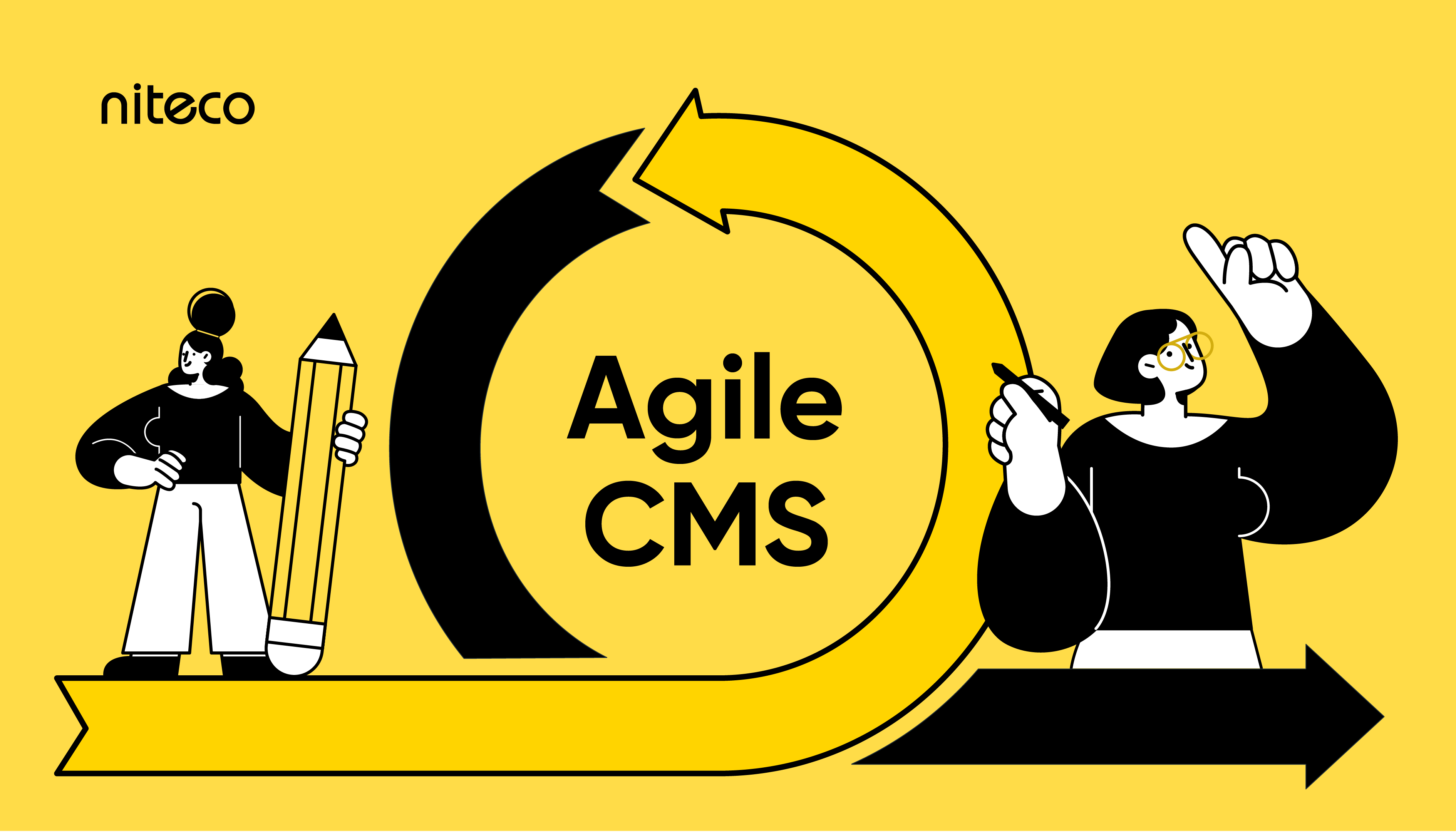
Key features of an Agile CMS
According to renowned market analysis firm Forrester, the most crucial factors that contribute to making a CMS agile are a centralized content hub, a comprehensive set of collaboration and planning tools, and scalability and integration capabilities. Below, we'll delve into the details of each feature.
Content hub: Centralized repository for all content.
In Agile CMS, the content hub is tailored for business users, such as your content creation, marketing, sales, and project management teams. It's a centralized place where everyone can easily find, access, and manage all your company's content, including the latest real-time updates.
Collaboration & planning tools: User-friendly tools for workflow management and team communication
Agile CMS packages include digital tools for project planning and continuous collaboration, feedback, and iteration. These tools are integrated into the CMS, allowing all stakeholders to manage projects and identify areas needing attention or additional resources.
Flexibility & scalability: Ability to adapt to changing needs and integrate with various platforms
This kind of CMS offers flexibility in delivering content to various channels, without being limited to specific ones like responsive websites. Content is created in small, reusable formats, allowing marketers and content creators to remix and repurpose content for future use, regardless of the medium or platform.
API-first approach: Easy integration with front-end development tools
The platform should seamlessly integrate with existing technology stacks, regardless of the company's setup. Agile CMS platforms are typically cloud-based and accessible via the web, with APIs enabling integration into CRM and delivery software workflows. Leading agile CMS solutions, such as Optimizely CMS, can be part of a larger customer experience software suite or a digital experience platform (DXP), enhancing customer satisfaction and ROI through agile content creation and data-driven experiences.
Want to know how agile Optimizely CMS is? Contact our experts.
The most significant difference lies in flexibility. Agile CMS is grounded in the philosophy of Agile software development, empowering all business teams to independently contribute toward a shared goal.
In contrast, traditional CMS platforms are often seen as rigid and reliant on technical and development expertise for changes. Operating with fixed workflows, traditional CMS systems fragment tasks into smaller parts, requiring frequent review to enhance the website and its content. In addition, they demand significant technical proficiency, leaving marketers heavily dependent on technical support.
On the other hand, adaptability is an equally vital differentiator. Agile CMS inherently offers features tailored to modern content management needs, including API-driven integrations with third-party services—an aspect traditional CMS platforms lack.
Benefits of using an Agile CMS
Because it outperforms traditional CMS and harnesses headless CMS capabilities, you might want to know exactly how this type of CMS can contribute to your business success. Let’s find out.
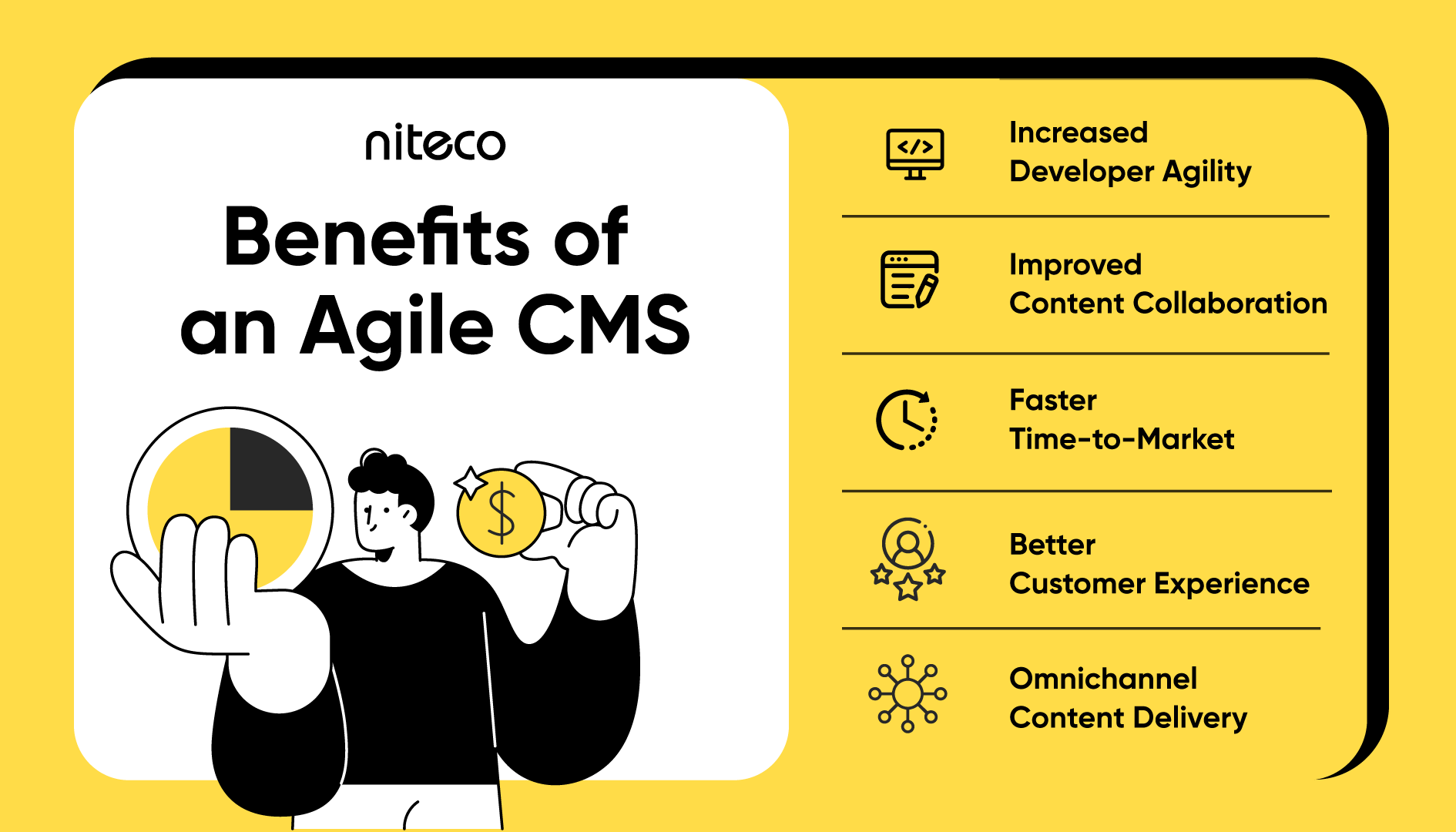
1. Faster time-to-market
Agile CMS has a notable advantage by facilitating content management, thus reducing time-to-market. It achieves this through a unified Content Hub designed to streamline content collaboration, planning, and workflows. This centralized hub empowers content teams to operate independently from development teams, eliminating engineering bottlenecks and approval procedures.
Using Agile CMS can help marketers and developers respond and adapt more quickly to market changes. Consequently, businesses maintain agility, adaptability, and the capacity to seamlessly deliver content across diverse channels without any delays.
2. Improved content collaboration and developer agility
Other clear benefits of an Agile CMS are its streamlined workflows and improved team communication. Thanks to its flexibility, marketers can complete tasks without relying on technical support from IT teams. Similarly, developers benefit from the Agile CMS's flexible architecture, allowing them to build custom experiences more efficiently. This includes the freedom to work efficiently, iterate quickly on features, and adapt to changing needs.
Ultimately, the platform empowers all business roles to accomplish their tasks independently without impacting others' work, as every team member can access the unified source and collaborate on the same work.
3. Omnichannel content delivery and better customer experience
Another benefit an Agile CMS can provide is omnichannel content delivery. Utilizing an Agile CMS can facilitate effortless distribution of content across various platforms (websites, mobile apps, etc.) with maximum personalization.
The end result is that your customers get a more satisfying experience. With all your content synchronized and personalized across channels, your customers can seamlessly experience your offerings, feeling understood and catered to by your business.
Agile CMS - Conclusion
As technology evolves, the Agile CMS technology stands out as one of the most powerful solutions for modern businesses aiming to streamline content management and bolster their digital presence. Fostering collaboration, enabling faster time-to-market, and enhancing customer experience – the benefits of an Agile CMS should not be underestimated.
For an Agile CMS that offers flexibility, scalability, and integration capabilities, you should consider Optimizely, recognized as a Leader in Agile Content Management Systems in the Forrester Wave for its exceptional performance and robust features. Contact us now to find out how you can maximize the benefits of the market-leading CMS.
to transform your business and drive results?

